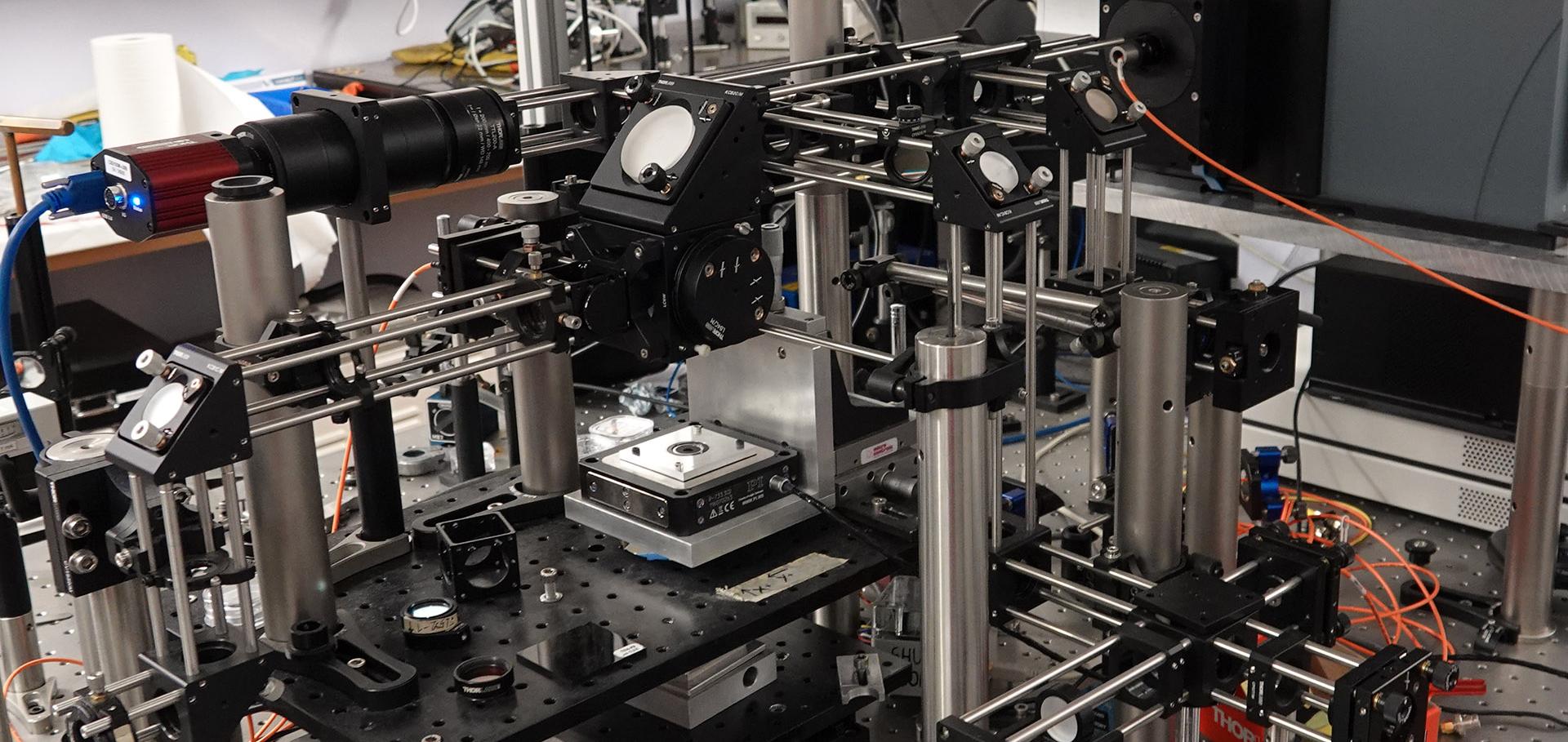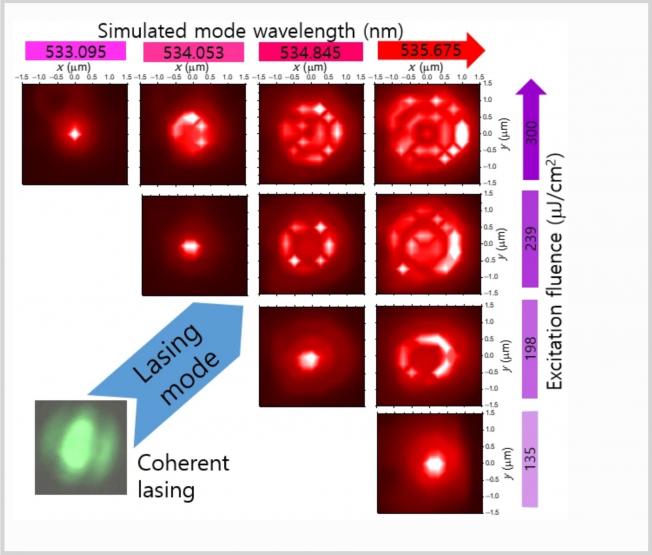Crystal-encapsulation-induced band-structure change in single-walled carbon nanotubes: Photoluminescence and Raman spectra
PHYSICAL REVIEW B 74:24 (2006) ARTN 245418
Dependence of carrier localization in InGaN/GaN multiple-quantum wells on well thickness
APPLIED PHYSICS LETTERS 89:25 (2006) ARTN 253120
Direct optical excitation of a fullerene-incarcerated metal ion
CHEMICAL PHYSICS LETTERS 428:4-6 (2006) 303-306
Dynamics of localized carriers in InGaN multi-quantum wells
JOURNAL OF THE KOREAN PHYSICAL SOCIETY 49:2 (2006) 538-541
Enhancement of free-carrier screening due to tunneling in coupled asymmetric GaN/AlGaN quantum discs
APPLIED PHYSICS LETTERS 89:2 (2006) ARTN 023103



